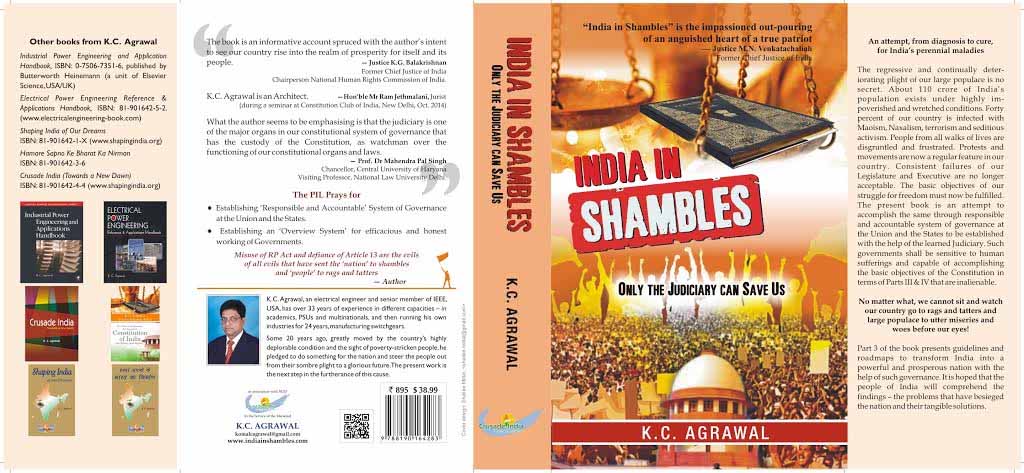Book at a Glance
PART I - Electric Motors, Drives and Energy Saving
Chapter 2. Motor Torque, Load Torque and Selection of Motors
• Motor speed-torque curve
• NEMA rotor designs
• Special designs of rotors
• Effect of starting current on torque
• Load torque or opposing torque
• Selection of motors
• Time of start-up and its effect on motor performance
• Thermal withstand time
• Braking
• Inching or jogging
• Number of starts and stops
Motor speed–torque curve
Pull-out, breakdown or maximum torque, obtainable over the entire speed range. In a good design this should occur as close to the rated slip as possible to ensure that the motor runs safely, even during momentary overloads, load fluctuations exceeding the load torque, or abrupt voltage fluctuations, without harmful slip losses (Equation (1.9)). In some specially designed rotors, however, to achieve a high starting torque sometimes the pull-out torque Tpo may not be available on the speed–torque curve. It is possible that in such cases the Tst may be the highest torque developed by the motor in the entire speed range (Figure 2.2).
NEMA rotor designs
As a further step towards standardization and to achieve more harmony in motor sizes and designs, for better interchangeability in the motors produced by different manufacturers, in the same country or by other countries,
• NEMA rotor designs
• Special designs of rotors
• Effect of starting current on torque
• Load torque or opposing torque
• Selection of motors
• Time of start-up and its effect on motor performance
• Thermal withstand time
• Braking
• Inching or jogging
• Number of starts and stops
Motor speed–torque curve
Pull-out, breakdown or maximum torque, obtainable over the entire speed range. In a good design this should occur as close to the rated slip as possible to ensure that the motor runs safely, even during momentary overloads, load fluctuations exceeding the load torque, or abrupt voltage fluctuations, without harmful slip losses (Equation (1.9)). In some specially designed rotors, however, to achieve a high starting torque sometimes the pull-out torque Tpo may not be available on the speed–torque curve. It is possible that in such cases the Tst may be the highest torque developed by the motor in the entire speed range (Figure 2.2).
NEMA rotor designs
As a further step towards standardization and to achieve more harmony in motor sizes and designs, for better interchangeability in the motors produced by different manufacturers, in the same country or by other countries,


